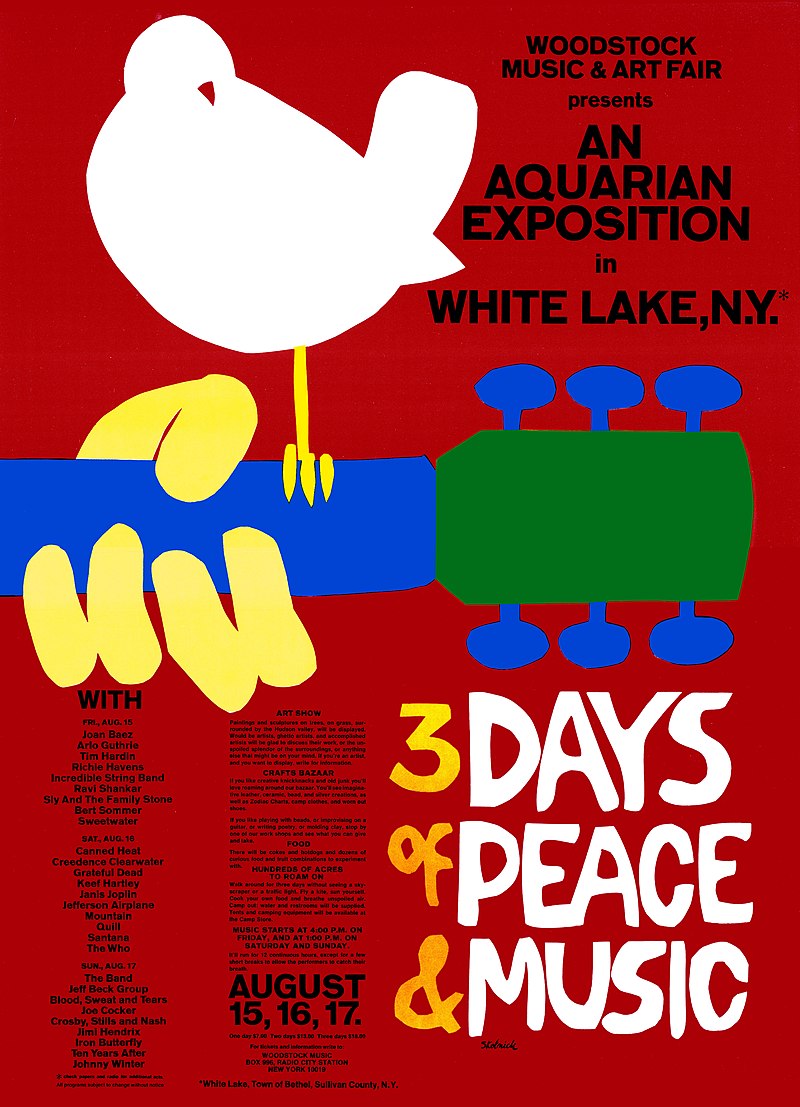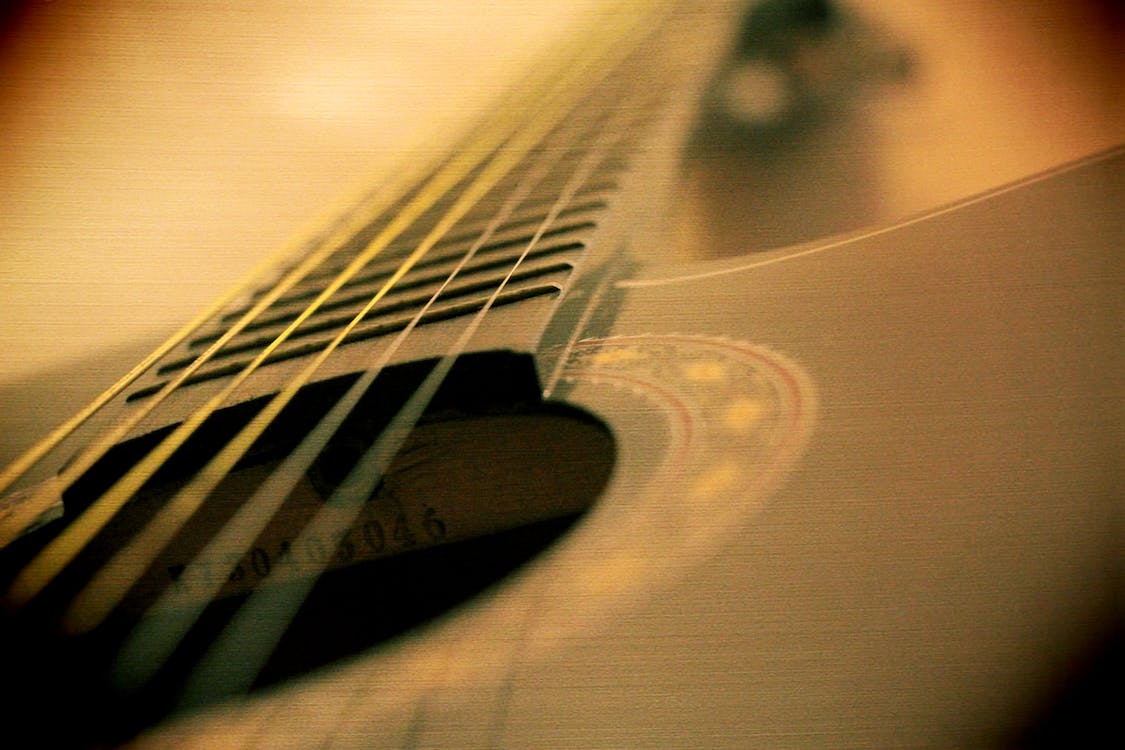The 1960s, a decade marked by significant cultural and social upheaval, also witnessed the birth of some of the most iconic music festivals in history. These festivals were not just about the music; they became symbols of the counterculture movement, encapsulating the spirit of freedom, peace, and communal harmony.
From the legendary Woodstock to the historic Monterey Pop Festival, these events brought together legendary artists and hundreds of thousands of fans, creating moments that would be etched into the fabric of music history. This article looks back at these iconic 60s music festivals, reflecting on their impact, the legendary performances they hosted, and how they shaped the music festival culture we know today.
Woodstock Music & Art Fair (1969)
Often simply known as Woodstock, this festival is perhaps the most famous music event of the 1960s. Held in August 1969 on a dairy farm in Bethel, New York, it was billed as “An Aquarian Exposition: 3 Days of Peace & Music.” Woodstock became a pivotal moment in music history, attracting an audience of over 400,000 people.
It featured performances by some of the era’s most iconic artists, including Jimi Hendrix, whose rendition of the “Star-Spangled Banner” became a defining moment of the festival; Janis Joplin; The Who; and Crosby, Stills, Nash & Young. Woodstock became synonymous with the counterculture movement of the 1960s and is remembered for its message of peace, love, and music.
Monterey International Pop Music Festival (1967)
Held at the Monterey County Fairgrounds in California in June 1967, this festival is notable for being one of the first major rock festivals in the United States and helped usher in the Summer of Love. Organized by record producer Lou Adler and John Phillips of The Mamas & the Papas, Monterey Pop set the stage for future music festivals.
It featured career-defining performances by Jimi Hendrix, who famously set his guitar on fire; Janis Joplin, who delivered a stunning performance with Big Brother and the Holding Company; and The Who, whose explosive act included smashing their instruments. The festival was attended by approximately 55,000 people and was a groundbreaking event, highlighting the cultural shift towards rock music and the burgeoning counterculture movement.
Newport Folk Festival (1960s)
Although the Newport Folk Festival began in the 1950s, its most iconic moment came in the 1960s when Bob Dylan went electric in 1965. This festival, held annually in Newport, Rhode Island, was known for showcasing folk and blues artists and played a significant role in the folk revival of the 1960s. Dylan’s performance, where he played an electric set for the first time, marked a turning point in folk music and was met with both cheers and boos.
The festival also featured performances by other folk legends like Joan Baez, Pete Seeger, and Johnny Cash. Newport Folk Festival’s emphasis on acoustic music and storytelling through song highlighted the era’s social and political consciousness.
Altamont Free Concert (1969)
Known for its chaotic and violent atmosphere, Altamont was an attempt to replicate the success of Woodstock on the West Coast. Headlined by The Rolling Stones, the festival was marred by poor organization and a lack of security, leading to several accidents and the tragic death of a concertgoer. Despite its infamous legacy, Altamont is an important part of 60s music history, representing the end of the idealistic 60s era.
Isle of Wight Festival (1968-1970)
In the UK, the Isle of Wight Festival emerged as one of the largest music events of the era. The 1970 edition was the largest, attracting an audience of 600,000 and featuring performances by Jimi Hendrix, The Doors, and The Who. The festival showcased the growing popularity of rock music in Europe and its capacity to draw massive crowds.
Atlanta International Pop Festival (1969)
This festival, held twice in the late 60s in Georgia, was the South’s answer to Woodstock. The 1969 festival drew over 100,000 people and featured acts like Led Zeppelin, Janis Joplin, and Creedence Clearwater Revival. It was notable for its integration during a time of significant racial tension in the South.
Conclusion
In conclusion, the music festivals of the 1960s were far more than mere gatherings for live music; they were powerful symbols of the era’s cultural, social, and artistic shifts. From Woodstock’s message of peace and unity to the Monterey Pop Festival’s celebration of the Summer of Love, each event captured the spirit of a generation eager for change.
They set the stage for future music festivals, shaping the way we experience live music and communal celebrations today. As we look back on these iconic events, their impact extends beyond the realm of music; they remain enduring reflections of a transformative decade in history, echoing the aspirations and ideals of a generation that sought to redefine the world.
Experience the rich history behind some of the world’s most iconic music festivals, from the revolutionary spirit of the 1960s to modern-day celebrations. Learn more about the oldest festivals still cherished today in our insightful article, Which Are the Oldest Festivals Still Celebrated Today?



